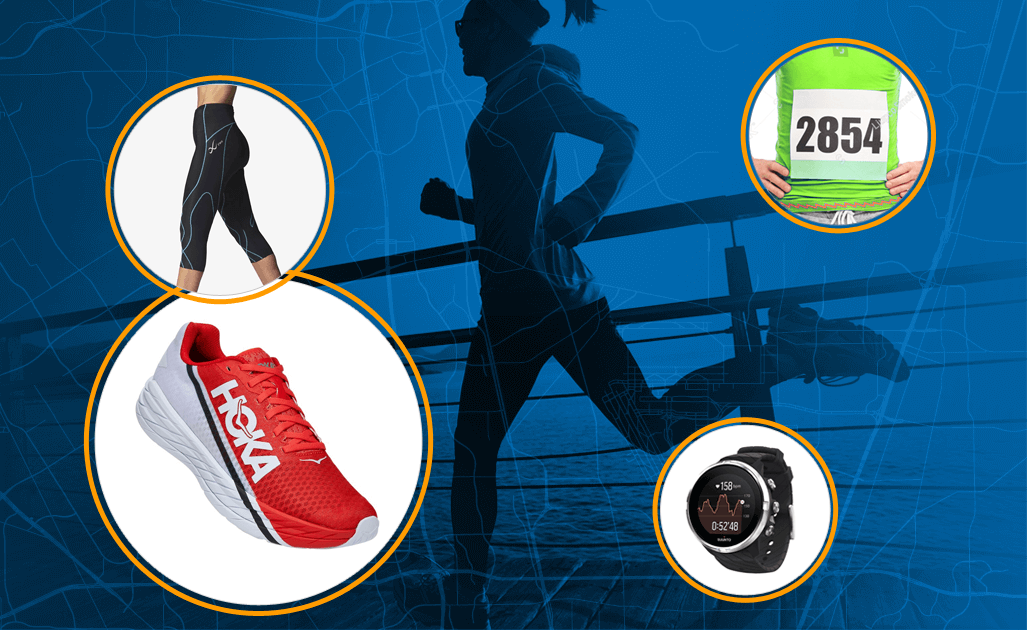Running with kids? Is that even a thing?
If you take a step back from mile pace, splits, and PRs, and focus on what really matters, you might change your mind about running with kids.
In fact, you might even:
Think you can learn something from running with kids?
Perhaps your answers have something to do with:
Now, clear your mind.
And channel your inner child.
Answer the question again as if you were five years old:
What do you think about when you think about running?
Certainly nothing from the above list.
Perhaps, as a child, your answers would be so exquisitely simple that running itself becomes LESS about achievement, striving, status, or a “to-do” item on your task list...
And MORE about living in the moment, becoming one with nature, having fun and enjoyment for the sake of enjoyment.
If we channeled our inner child more often, how would our perspective on, approach to or feelings around running change?
As you ponder these questions, let’s talk about what it looks like when kids run.
As a mother of two boys, I never gave much consideration to how I would share or introduce my sons to trail running, something I’ve been doing since I was a child myself.
Rather, it transpired organically.
Shortly after my sons mastered walking, they began running.
Ultimately, running is a gross motor activity milestone, developing inherently, requiring no lessons.
Then, not long after they surpassed this milestone, and after they transitioned from side-to-side semi-fast toddling with frequent falls to forward moving, balanced, coordinated speedsters, I took them to the trails.
Avie, my oldest son, took his first trail run when he was two years, 11 months old.
We ran for 1.5 miles on a single-track dirt path for 30 minutes. It was a spontaneous, unforgettable mother-son bonding moment, not a planned event, rather a beautiful experience that unfolded as Avie took the lead, and I followed.
"A rocky path is a good place to run!" he kept calling out, smiling ear to ear. He ran without ceasing to the very end.
By age four, he was running two miles with ease.
Now, at age eight, he has participated in:
After Avie’s younger brother, Grey, came into the world, my husband and I pushed him in our Bob Revolution off-road running stroller while Avie ran along beside us, until Grey was ready to hit the dirt running.
Soon, he, too, was running through the woods, trying to keep up with his older brother.
As soon as the boys’ feet hit the trails, they take off running, full speed ahead.
They fly fearlessly, arms pumping, gracefully navigating roots, rocks, mud, sometimes ice, never slowing to consider the technical sections, taking on nature’s obstacles as if they presented no challenge whatsoever.
They run as if they have finally found the place where they belong.
Like mother, like sons.
Watching my kids run through the woods is a refreshing reminder of how simple and intrinsic running is.
Here are six trail running lessons reinforced from the observation of two young runners in their natural habitat (the forest).
Watch most kids in action running, and soon you’ll see them… walking.
Then running.
Then walking.
Then sprinting.
On and on and on it goes.
When we’re on the trails together, my sons take the reins.
They run ahead of me, run back to me, walk (or hike, in this case) with me, run ahead again… and the pattern continues until we’ve completed our journey.
The point is, kids run when they feel inclined and walk (or hike) when they want.
They:
Simply put, they have nothing to prove and are merely moving instinctively along the path as they please. Allowing them to do so creates a fun experience that is centered wholly on them.
Run/hike/run is a tried and true method and a smart way to go about increasing mileage, particularly for kids, and especially when running trails.
While out on the trail, children’s senses are heightened, and they are attuned to the sights, smells and sounds around them. Guided by curiosity, they get off their feet to do other things.
These things include:
After their mini breaks, they are revived and ready to run again.
Once again, this is another tried and true means to go the distance, with the added bonus of taking in the wonder of the trail.
Avie, like lots of seasoned runners, learned this the difficult way. When he first began running, he refused water.
His energy would plummet. Tears would fly. The run would turn from sweet to sour.
He was, after all, only three years old. As time passed, he began requesting his own drink.
He lived, he learned.
While on the trails, snacking and drinking are top priority.
When children fuel frequently, it makes a remarkable difference in their ability to keep moving along happily, much like adults.
The second they begin lagging and looking down trodden, I offer snacks and drinks, which instantly energizes them and puts a pep in their step once again.
TIP: If we’re out for more than 20 minutes, we take an adequate supply of food.
Our favorites include the typical trail fare of fruits and veggies, pickles, olives, chips, baked goods, dried fruits and nuts, jerky and string cheese. I mix it up each time.
Special treats that get the boys excited include:
Without a doubt, just like seasoned trail runners and ultramarathoners, steadily eating and drinking along the way keeps us going.
Avie and Grey both rejoice when we approach a technical descent on a single track trail. They...
...and I mimic their joy, cheering them along.
Admittedly, running fast downhill was not always my strong suit; at least, I never took it on in the same style that the boys do, wildly and throwing caution to the wind.
Yet, once I witnessed their rapture as they allowed gravity to take over, I decided to try it their way.
Sure enough, speeding up, laughing and shouting with enthusiasm takes the tentativeness right out of bombing downhill.
Now on every steep descent, I take it the way they do.
Give it a try—you might enjoy it, too, if you don’t already.
Thank you for the inspiration, kiddos!
In preparing for a trail run, my sons and I verbally go through a checklist.
Do we have more water than we think we need?
Check.
Do we have lots of snacks?
Check.
Do we have the first aid kit?
Check.
Do we have a fully charged cell phone in case of an emergency and for family photos, and Avie, do you remember my password and how to dial 911?
Check.
Do we have a change of clothes and shoes for after in case we get dirty, wet and muddy?
Check.
Do we have the map (if we’re in a new place)?
Check.
Do we have the tree, mushroom and/or wildflower guide?
Check.
Do I have my watch?
Check.
Wearing a watch to track our distance/duration assists in preparing for the next run.
The numbers give us a clear idea of how long it will take us to cover certain trails with certain elevation gains so that we (more specifically, I) can return to life outside the woods and all the responsibilities of a working running mother.
Even more, ending a run with praise such as:
...is a positive and effective way to inspire them to keep wanting more, to even dream big.
Avie: “How long is the AT?” Avie asked after exploring a section of the iconic Appalachian Trail for two days on a recent family vacation.
Me: “2,193 miles, from Georgia to Maine,” I replied. (this was prior to the trail growing in length)
Avie: “I want to do the whole thing,” he said matter-of-factly.
In addition to this long-term dream inspired by his time in the “Green Tunnel,” Avie has THREE big running aspirations:
Though Grey hasn’t verbalized his running wishes, we chat about our trail adventures regularly.
Here’s what we think he can to do in the coming year:
With their run/hike/run method dialed in, resting breaks, frequent fueling, happy downhill push and thorough preparation, I have full confidence that they will actualize their dreams.
And I’ll be with them, hauling fuel, offering encouragement, through every happy, challenging step, and every low moment, of the way.
Too many people overlook running with kids, but it doesn't have to be that way.
Within the structure and support provided to young trail runners, the utmost singularly important component contributing to making the experience a gratifying, peaceful, playful, joyful one is freedom.
When we let kids run freely by letting them lead and set the pace and NEVER nagging with buzzkill comments like:
We build them up to become...
When we find ourselves needing a good dose of inspiration in our running, go ahead and clear your mind, channel your inner child and see where it takes you, how it transforms one small run, or maybe your whole running mindset.
Now get out there, and run like a child.

Login to your account to leave a comment.
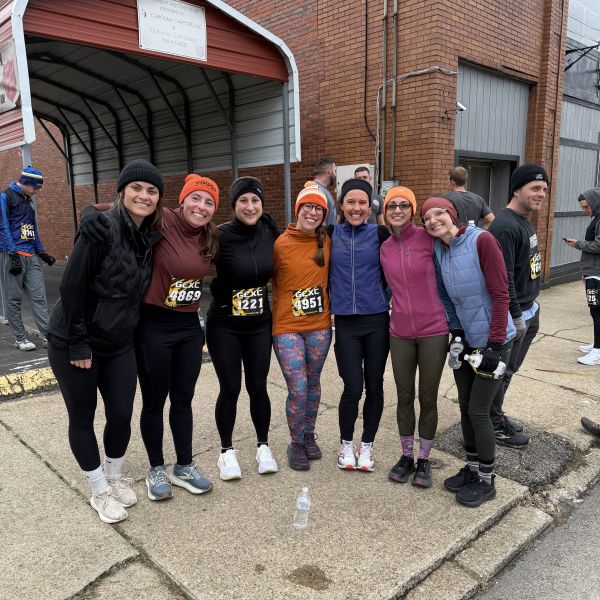

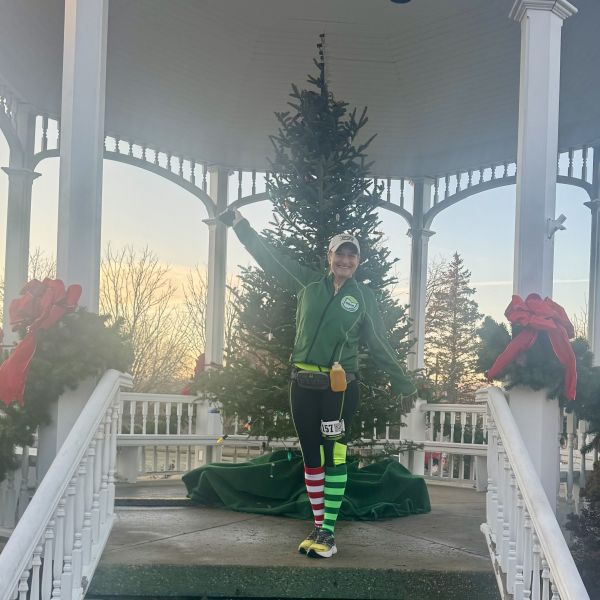
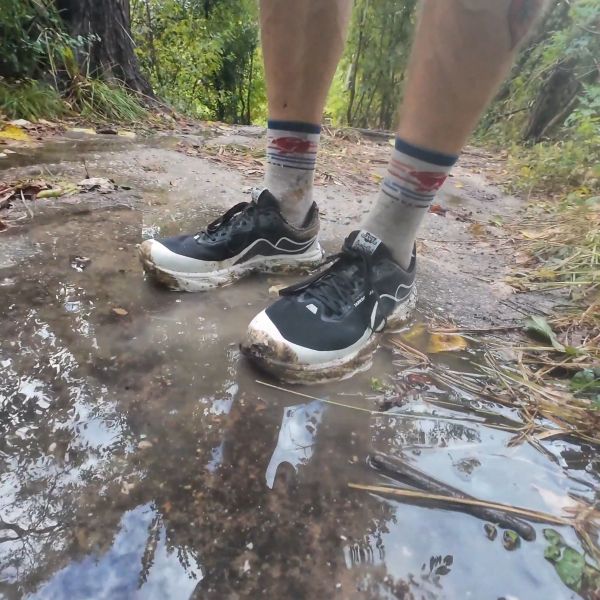
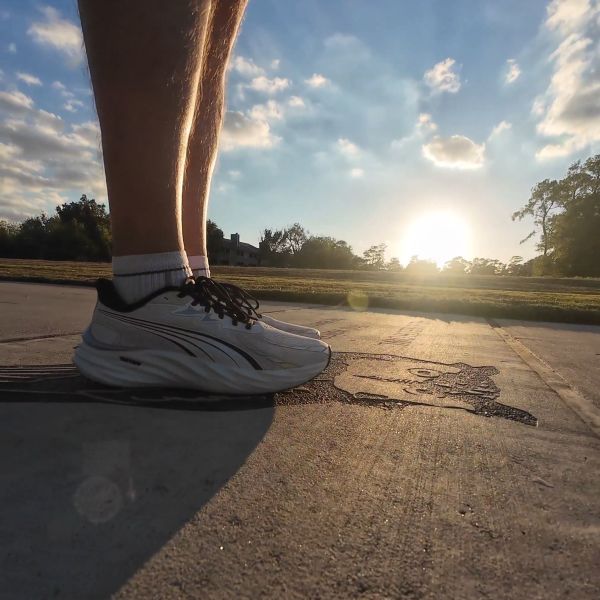
We Want to Give it to You!
